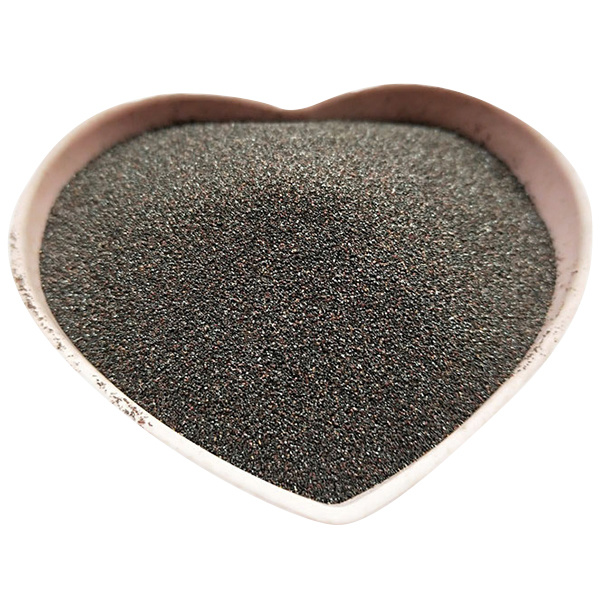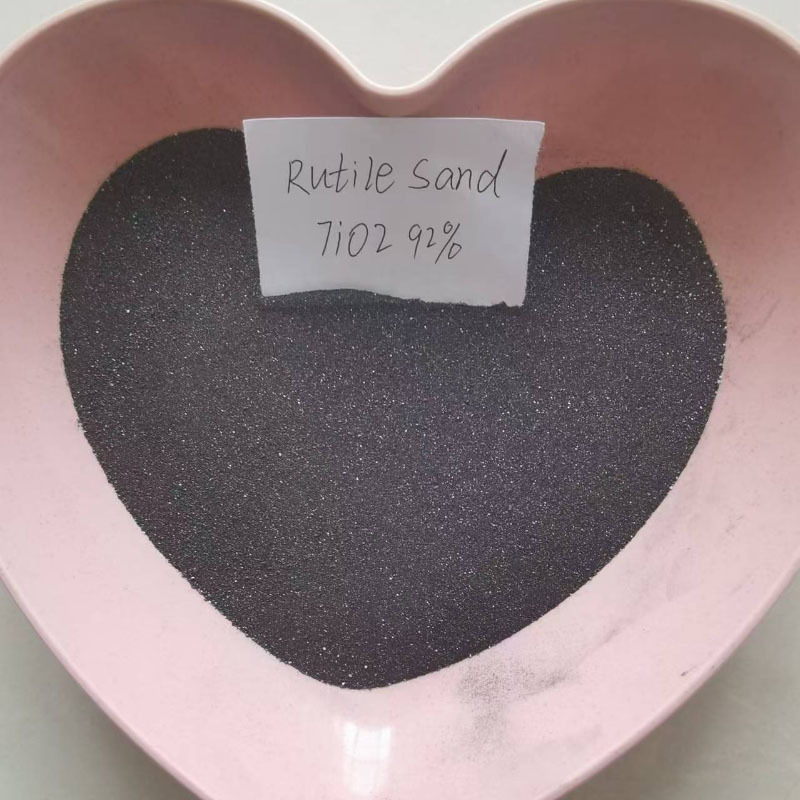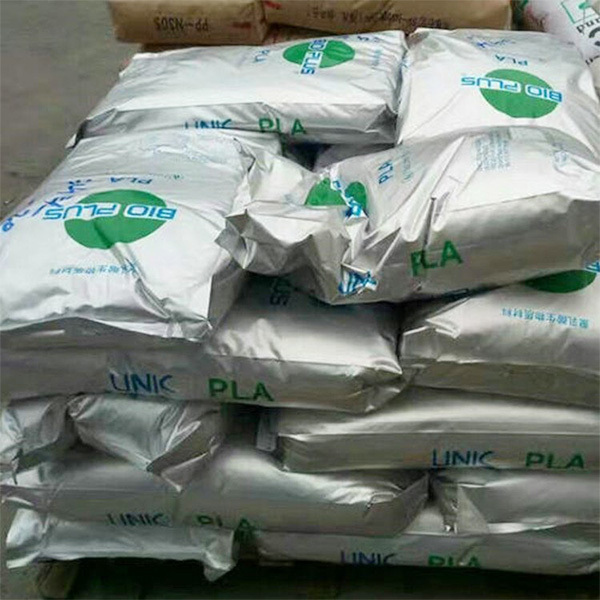Understanding Rutile Sand 90%: Key Insights for Chemical Industry Applications
Release Time:
Jun 20,2025
Rutile Sand 90% is a mineral composed primarily of titanium dioxide (TiO2), known for its high refractive index and exceptional optical properties. As a naturally occurring form of titanium dioxide, rutile is one of the most significant commercial sources of titanium. The "90%" in its name typically refers to the purity level, indicating that the sand consists of 90% rutile content, which is cruci
Rutile Sand 90% is a mineral composed primarily of titanium dioxide (TiO2), known for its high refractive index and exceptional optical properties. As a naturally occurring form of titanium dioxide, rutile is one of the most significant commercial sources of titanium. The "90%" in its name typically refers to the purity level, indicating that the sand consists of 90% rutile content, which is crucial for various applications in the chemical industry.
One of the primary uses of Rutile Sand 90% is in the production of titanium dioxide pigment. This pigment is widely used in paints, coatings, plastics, and paper due to its excellent brightness and opacity. When added to these materials, Rutile Sand enhances their durability and resistance to UV radiation, making them ideal for both indoor and outdoor applications.
In addition to its role in pigment production, Rutile Sand 90% serves as a feedstock for the extraction of titanium metal. Titanium is renowned for its strength-to-weight ratio, corrosion resistance, and biocompatibility, making it an essential material for high-performance alloys. Industries such as aerospace, automotive, and medical device manufacturing highly rely on titanium sourced from Rutile Sand.
Moreover, Rutile Sand can also be utilized in refractory applications due to its high melting point and thermal stability. It is commonly used in the production of ceramic materials, ensuring that they can withstand extreme temperatures. This property makes Rutile Sand a valuable material for industries that require robust and durable ceramics, such as the steel and glass manufacturing sectors.
Environmental considerations are also an important aspect of utilizing Rutile Sand 90%. The extraction of rutile typically involves mineral sand mining, which can have ecological impacts. However, responsible practices and regulations are increasingly being adopted to minimize these effects, ensuring that the benefits of using such materials do not come at the expense of environmental health.
In summary, Rutile Sand 90% is a versatile and essential material in the chemical industry, with applications ranging from pigment production to titanium extraction and refractory uses. Its unique properties make it an indispensable component for various industrial processes. Understanding the significance and applications of Rutile Sand can help businesses optimize their use of this valuable resource, leading to enhanced product performance and sustainability in operations.
One of the primary uses of Rutile Sand 90% is in the production of titanium dioxide pigment. This pigment is widely used in paints, coatings, plastics, and paper due to its excellent brightness and opacity. When added to these materials, Rutile Sand enhances their durability and resistance to UV radiation, making them ideal for both indoor and outdoor applications.
In addition to its role in pigment production, Rutile Sand 90% serves as a feedstock for the extraction of titanium metal. Titanium is renowned for its strength-to-weight ratio, corrosion resistance, and biocompatibility, making it an essential material for high-performance alloys. Industries such as aerospace, automotive, and medical device manufacturing highly rely on titanium sourced from Rutile Sand.
Moreover, Rutile Sand can also be utilized in refractory applications due to its high melting point and thermal stability. It is commonly used in the production of ceramic materials, ensuring that they can withstand extreme temperatures. This property makes Rutile Sand a valuable material for industries that require robust and durable ceramics, such as the steel and glass manufacturing sectors.
Environmental considerations are also an important aspect of utilizing Rutile Sand 90%. The extraction of rutile typically involves mineral sand mining, which can have ecological impacts. However, responsible practices and regulations are increasingly being adopted to minimize these effects, ensuring that the benefits of using such materials do not come at the expense of environmental health.
In summary, Rutile Sand 90% is a versatile and essential material in the chemical industry, with applications ranging from pigment production to titanium extraction and refractory uses. Its unique properties make it an indispensable component for various industrial processes. Understanding the significance and applications of Rutile Sand can help businesses optimize their use of this valuable resource, leading to enhanced product performance and sustainability in operations.
Keywords:
You Can Also Learn More About Industry Trends






